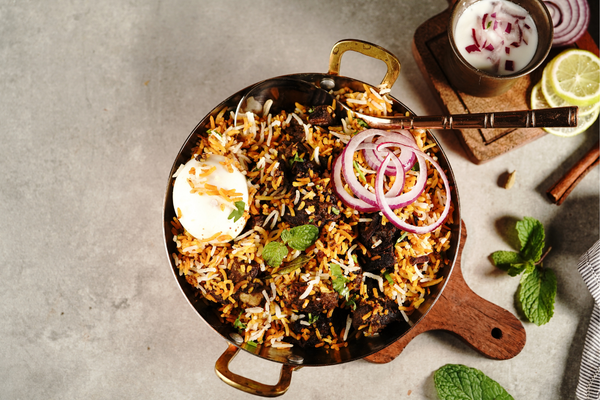The journey and evolution of biryani – By Malsha – eLanka

The journey and evolution of biryani from Iran to India is a fascinating tale of cultural exchange and adaptation. The dish is believed to have originated in Persia (present-day Iran), where it was known as “beryan,” which means fried or roasted. The dish was made by cooking rice with meat, vegetables, and spices and was typically served at royal banquets.
When the Mughal Emperor Babur invaded India in 1526, he brought with him a team of skilled chefs and a taste for Persian cuisine. It is said that the first biryani was prepared in the Mughal court kitchens in India during the 16th century. The Mughal emperors were known for their love of rich and flavorful food, and the biryani quickly became a favorite dish among the royal families and the aristocracy.
As the Mughal Empire expanded, so did the popularity of biryani. The dish was adapted to suit the local tastes and ingredients, and many regional variations developed. In Hyderabad, the Nizams of the Deccan region are credited with developing a distinct style of biryani, which is known as Hyderabadi biryani. This biryani is made with basmati rice, meat (usually lamb or chicken), spices, and sometimes includes yogurt, saffron, and dried fruits.
In Kolkata, a unique style of biryani developed that uses potatoes and boiled eggs in addition to the meat. This variation is said to have been developed by the Awadhi chefs who came to Kolkata with the Nawab of Awadh in the 18th century.
Today, biryani is a popular dish not only in India but also in neighboring countries like Pakistan, Bangladesh, and Sri Lanka. It has also gained popularity in other parts of the world, including the Middle East, Africa, and Southeast Asia, where it has been adapted to suit local tastes and ingredients. The journey and evolution of biryani from Iran to India are a testament to the power of food to bring people together and to inspire creativity and innovation.







